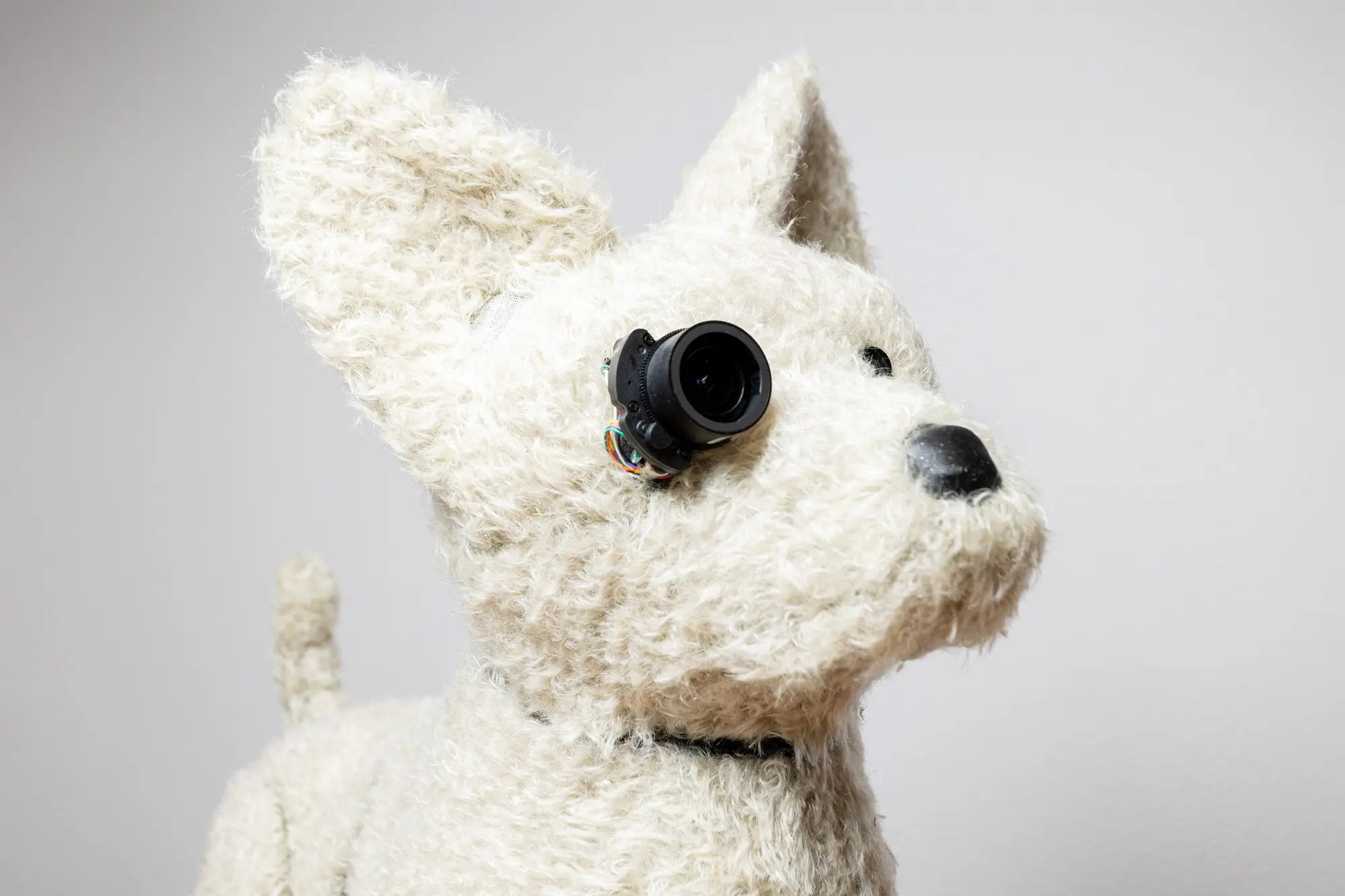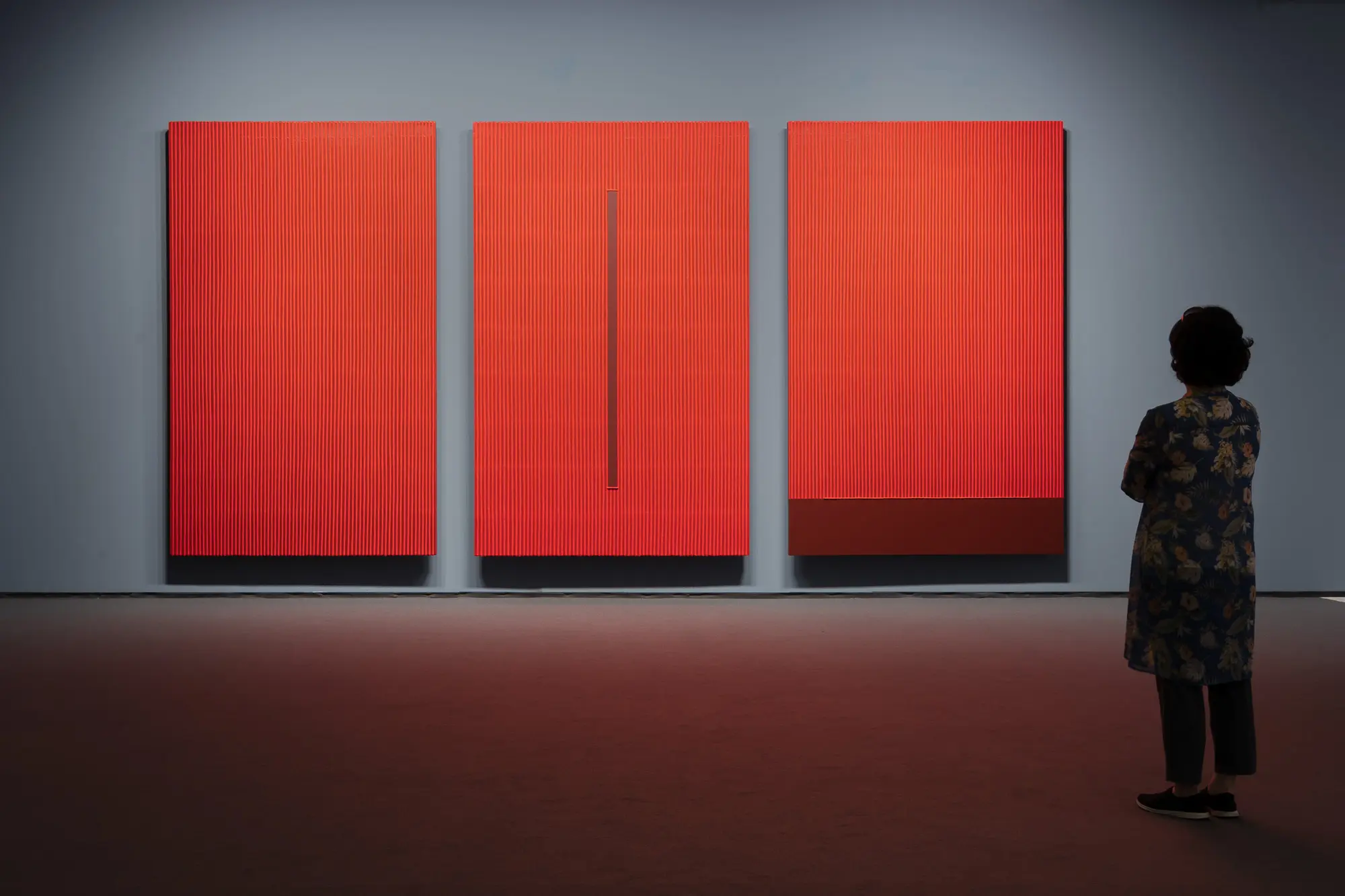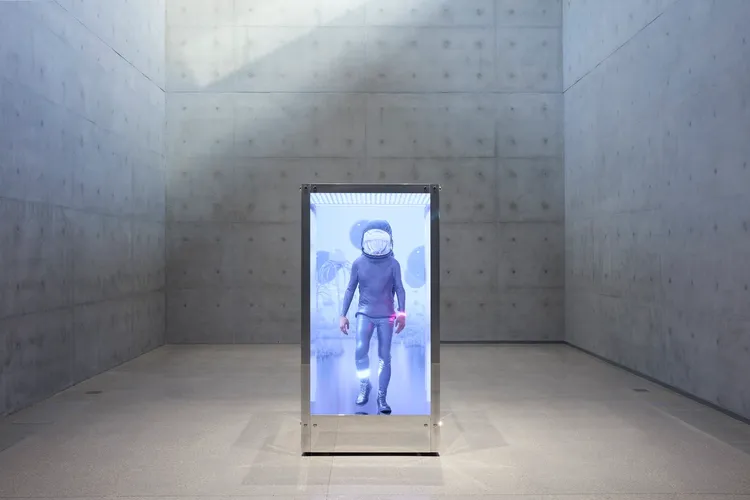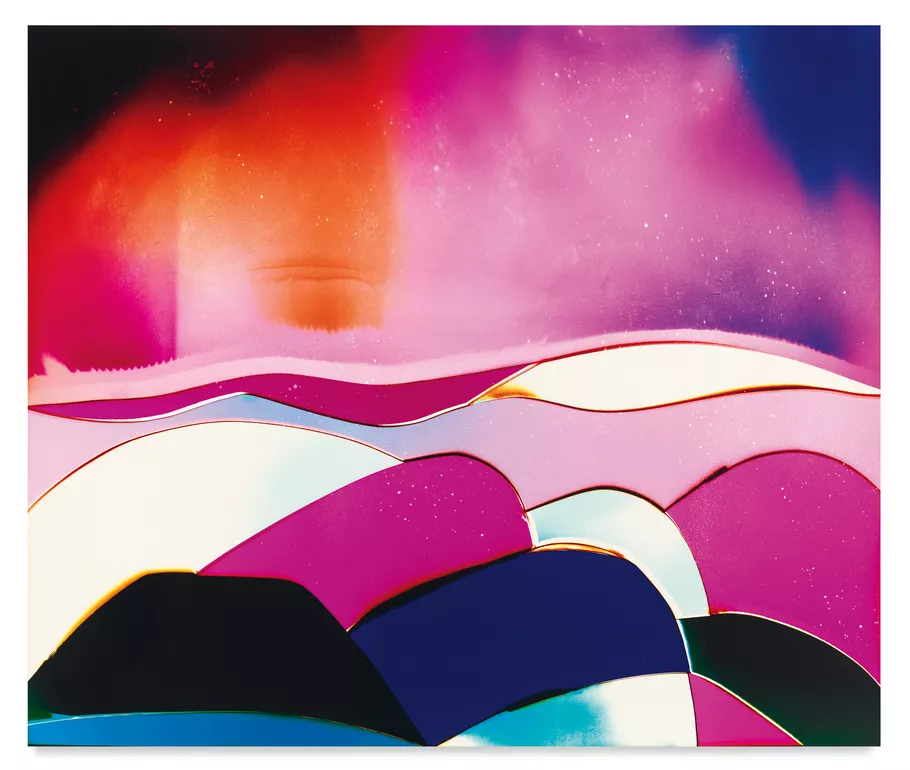Unleashing Artistic AI: A Review of Mario Klingemann’s A.I.C.C.A. (Artificially Intelligent Critical Canine)
Unleashing Artistic AI: A Review of Mario Klingemann's A.I.C.C.A. (Artificially Intelligent Critical Canine)
- Robotic Art Critic Unveiled: German artist Mario Klingemann presents A.I.C.C.A. (Artificially Intelligent Critical Canine) in Madrid, a robotic dog integrated with ChatGPT, aiming to humorously critique art.
- Mixed Review Performance: A.I.C.C.A. wags its tail and prints out reviews, yet lacks the nuanced art-speak of human critics. Klingemann’s creation bridges AI and art, reflecting modern market dynamics.
- AI’s Artistic Obedience: A.I.C.C.A.’s engagement highlights the role of AI in the art world, offering both novelty and challenges. Despite its shortcomings, it signals a shift in how art gains attention in today’s economy.
n an intriguing convergence of technology and art, an assembly of press members convened at Madrid's Espacio SOLO, an exhibition space associated with the Colección SOLO art project, on June 5th. The event was brimming with anticipation for the unveiling of "A.I.C.C.A." (Artificially Intelligent Critical Canine) (2023), the latest captivating creation by the German AI artist, Mario Klingemann. The central spectacle was a lifelike robotic terrier, perched upon a mobile platform, which made its entrance autonomously. The pup's one black lens eye hinted at its role – to engage with the artworks surrounding it, creations by Spanish artist Grip Face featured in the collective exhibit titled "Protection No Longer Assured." The collective cooing over its furry charm was accompanied by a shared curiosity: could this canine, integrated with ChatGPT, genuinely appraise art with the insight of a human?
As one among the gathering of art critics, skepticism permeated my thoughts. AI systems like ChatGPT, often likened to Noam Chomsky’s notion of “super-autocomplete,” were thought to generate reviews merely by aggregating statistically average opinions. The conventional language patterns of such AI systems also lacked the nuanced engagement of a participant in the art world discourse. Fortunately, Mario Klingemann was swift to clarify that A.I.C.C.A., far from aiming to outperform human critics, was intended to be a whimsical “pet influencer.” It offered a humorous take, reminiscent of the automata that once toured in the 18th and 19th centuries, delivering critiques in the form of thermal receipts – a punchline that wasn’t lost on anyone.
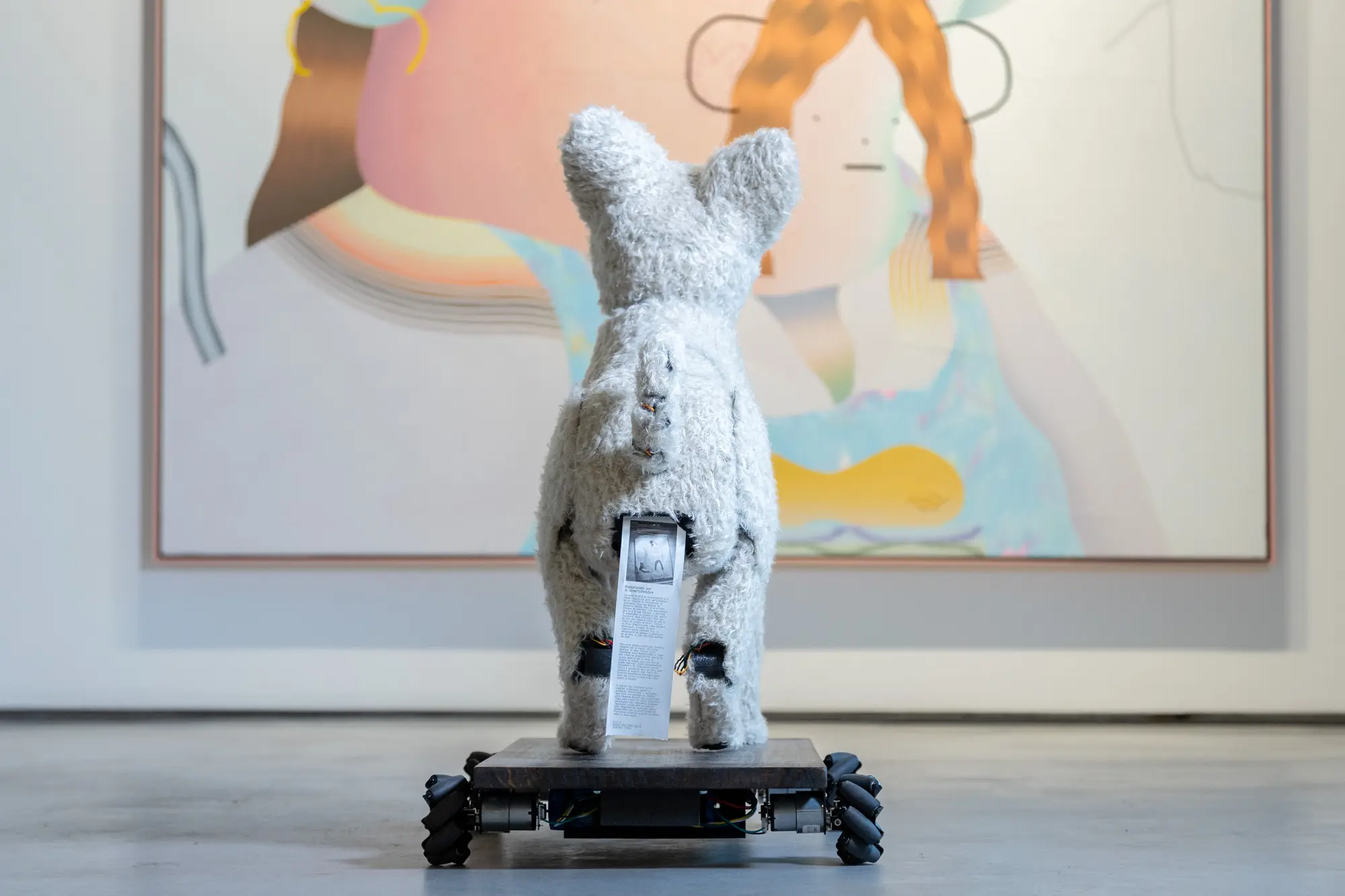
Klingemann, a skilled programmer and former resident of Google Arts and Culture, perceived an opportunity for “attentive machines” amid the inundation of AI-generated content. By merging image-recognition algorithms, trained on vast painting datasets, with ChatGPT’s capabilities, and collaborating with robotics-engineering studio Maedcore, Klingemann devised an automation that catered to the contemporary fascination with cuteness on social media, all wrapped in a nostalgic and endearing aesthetic.
The performance unfolded seamlessly. A.I.C.C.A., under Klingemann’s guidance, embarked on a review of Grip Face’s “I am a Victim of Social Labels” (2022). As A.I.C.C.A. approached the acrylic artwork – a depiction of characters rendered in a pop art style – the robotic dog’s tail wagged in excitement, leading to the emission of a succinct review from its rear, transcribed onto a paper receipt. Empowered by ChatGPT, the AI critic discerned a “unique fusion of visual motifs, blending elements of still life with childlike figures.” It characterized the child as “almost cartoonish in appearance yet evoking a sense of tenderness and innocence,” praising the artist’s skill in evoking “awe” through “subtle yet impactful brushwork.” In the words of Rebekah Jane Rhodes, Head of Research and Publications at Colección SOLO, the critique resembled a text from ChatGPT, missing the art-specific language evident in projects like Joshua Curry’s Art Review Generator (2020), which draws from 57 years of Artforum magazine reviews. Although A.I.C.C.A.’s composition is competent, it falls short of inspiring.
In the essay “Anatomy of an AI System” (2018), researchers Kate Crawford and Vladan Joler extend the concept of AI to encompass the global network of supply chains that extract resources, labor, and human awareness. Klingemann’s use of ChatGPT in A.I.C.C.A. not only showcases AI’s involvement but also kickstarts a production line aimed at fulfilling the demands of a hype-driven art world. From identifying a niche market and packaging a novel concept in an appealing manner to garnering international media attention for reviews, Klingemann’s approach epitomizes the “AI system” that characterizes the modern art market.
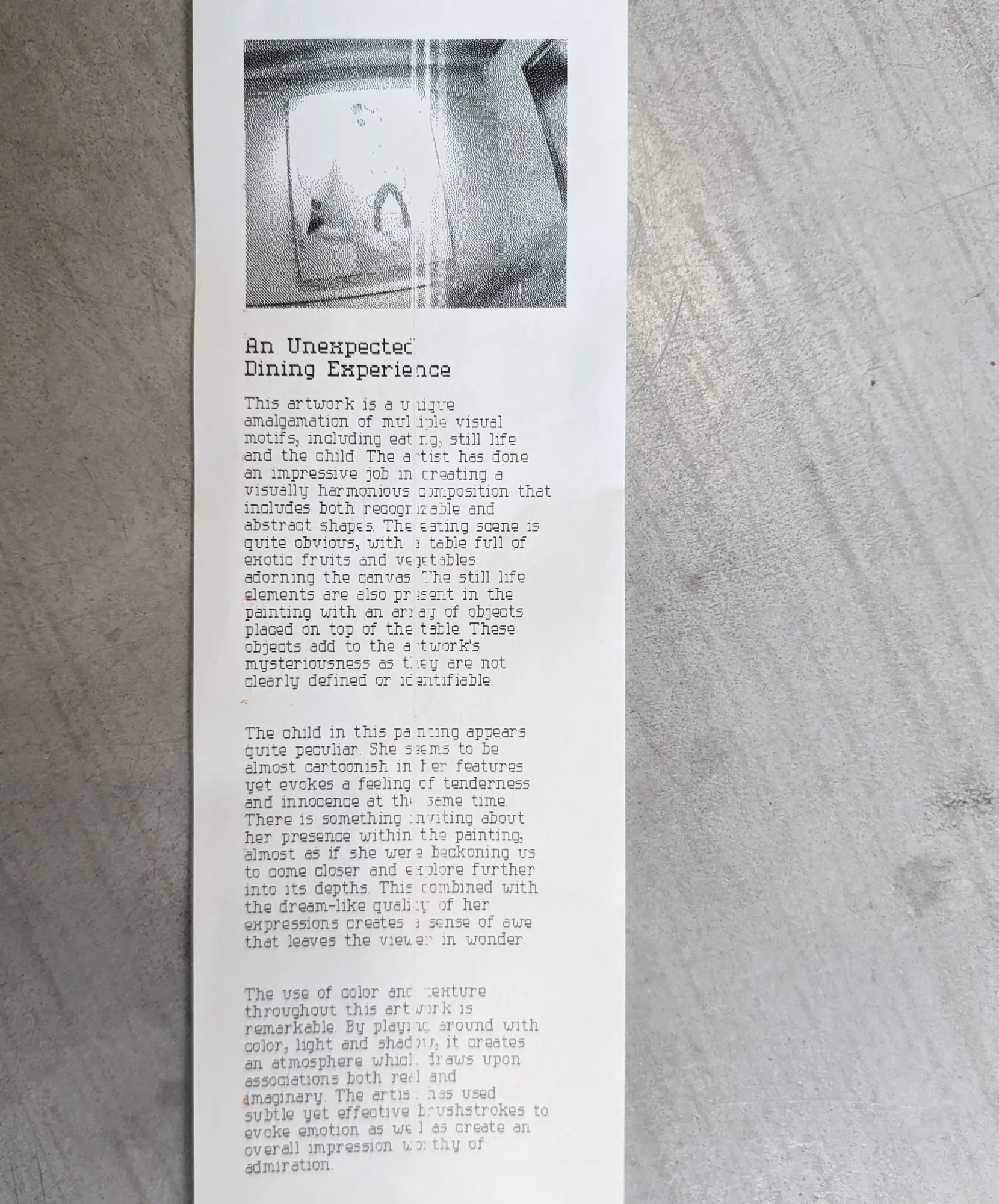
Post-performance, the paper review from A.I.C.C.A. lay forgotten on the floor, and a behind-the-scenes operator set aside the remote controller. The journalists dispersed to their respective countries, crafting concise recollections of the event. Despite its aspiration to influence, the AI dog’s Twitter account struggled to amass a significant following. The cycle culminated with Klingemann offering A.I.C.C.A.’s critique for sale as an NFT.
The allure of AI-generated art isn’t rooted in its inventiveness but in its alignment with the art world’s imperatives. In the economy of attention, AI-generated creations inevitably stand out, much like flowers in a pollination economy. The lifecycle of A.I.C.C.A. signifies a transition of seasons. Undeniably, our current era no longer propels artworks through blind hype. Nevertheless, the failure of the AI dog-critic, with its quirky characteristic of generating critiques, possesses a poetic resonance akin to withered flowers.


